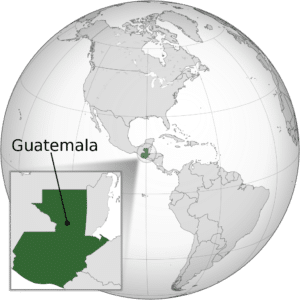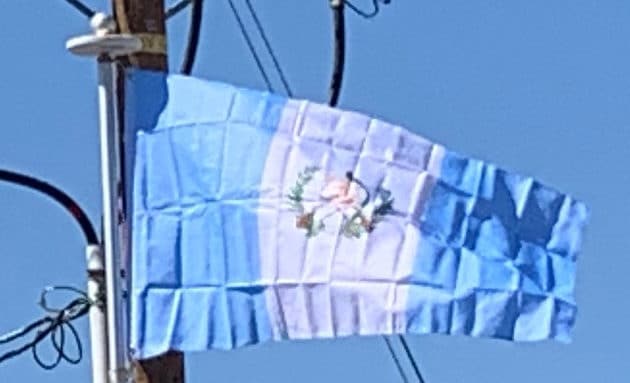Introduction:
Guatemala, officially the Republic of Guatemala, is a country in Central America bordered by Mexico to the north and west, Belize and the Caribbean to the northeast, Honduras to the east, El Salvador to the southeast and the Pacific Ocean to the south. With an estimated population of around 17.2 million, it is the most populous country in Central America. Guatemala is a representative democracy; its capital and largest city is Nueva Guatemala de la Asunción, also known as Guatemala City.

The territory of modern Guatemala once formed the core of the Maya civilization, which extended across Mesoamerica. Most of the country was conquered by the Spanish in the 16th century, becoming part of the viceroyalty of New Spain. Guatemala attained independence in 1821 as part of the Federal Republic of Central America, which dissolved by 1841.
From the mid- to late-19th century, Guatemala experienced chronic instability and civil strife. Beginning in the early 20th century, it was ruled by a series of dictators backed by the United Fruit Company and the United States government. In 1944, the authoritarian leader Jorge Ubico was overthrown by a pro-democratic military coup, initiating a decade-long revolution that led to sweeping social and economic reforms. A U.S.-backed military coup in 1954 ended the revolution and installed a dictatorship.
From 1960 to 1996, Guatemala endured a bloody civil war fought between the US-backed government and leftist rebels, including genocidal massacres of the Maya population perpetrated by the military. Since a United Nations-negotiated peace accord, Guatemala has witnessed both economic growth and successful democratic elections, though it continues to struggle with high rates of poverty, crime, drug trade, and instability. As of 2014, Guatemala ranks 31st of 33 Latin American and Caribbean countries in terms of the Human Development Index.
Guatemala’s abundance of biologically significant and unique ecosystems includes many endemic species and contributes to Mesoamerica’s designation as a biodiversity hotspot.
History:
Pre-Columbian:
The first evidence of human habitation in Guatemala dates back to 12,000 BC. Evidence, such as obsidian arrowheads found in various parts of the country, suggests a human presence as early as 18,000 BC. There is archaeological proof that early Guatemalan settlers were hunter-gatherers. Pollen samples from Petén and the Pacific coast indicate that maize cultivation had developed by 3500 BC. Sites dating back to 6500 BC have been found in the Quiché region in the Highlands, and Sipacate and Escuintla on the central Pacific coast.

Archaeologists divide the pre-Columbian history of Mesoamerica into the Preclassic period (2999 BC to 250 AD), the Classic period (250 to 900 AD), and the Postclassic period (900 to 1500 AD). Until recently, the Preclassic was regarded as a formative period, with small villages of farmers who lived in huts, and few permanent buildings. However, this notion has been challenged by recent discoveries of monumental architecture from that period, such as an altar in La Blanca, San Marcos, from 1000 BC; ceremonial sites at Miraflores and Naranjo from 801 BC; the earliest monumental masks; and the Mirador Basin cities of Nakbé, Xulnal, El Tintal, Wakná and El Mirador.
